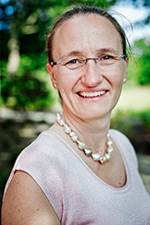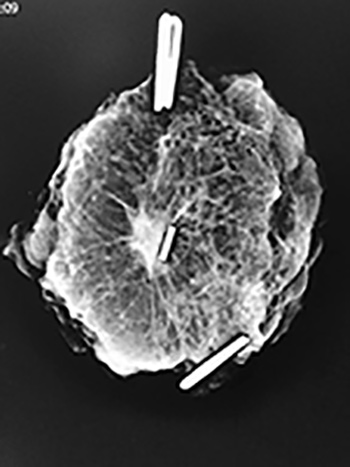On the track of the intangible
Magseed® allows surgeons to accurately locate and easily remove impalpable breast cancer
Oncology Report Article Edition 1/2018
Interview: Isabell Spilker
Magseed was launched in the United States at the end of 2016 and has already benefitted over 3,000 patients.
The Multidisciplinary Breast Centre of the University Hospital Leuven was one of the first major institutions in Europe to use the magnetic marker in its clinical practice. Surgical Oncologist Prof. Ann Smeets talks about her experience:

You have been one of the first clinicians to use Magseed in EMEA: What was your first impression of the new technology?
PROF. ANN SMEETS: From the first interventions onwards, we were very enthusiastic. It was quite easy to perform the procedure, well tolerated by the patients and the operations went very well.
Why are you considering using an alternative to your current method?
We have always used the hookwire method in our hospital. It is complicated, painful for the patient and has an extensive workflow. At the time we were thinking about switching to the radioactive seed localisation procedure, I found out about the idea of the Magseed method which sounded much more comfortable. This was really what we were waiting for.
What are the benefits of Magseed compared to the hookwire method and the radioactive seed method?
Compared to both methods, the workflow with the Magseed is much easier. We don’t have to manage all the radiation safety issues that we have to with the radioactive seed procedure. And compared to the hookwire method, there are different advantages. With the old method, the patient had to first go to the radiology department in the morning and then, after a wait, in for surgery.

In what way do you think patients can benefit from the new method?
A few years ago, one of our patients had the same procedure on the other breast using the wire method. This time, we did the localisation with the Magseed and the lady told us that it was much less painful, it was quicker, and the time spent in radiology was shorter.
Do you believe Magseed has the potential to become the new standard of care for impalpable lesion localisation?
I think so and I hope so. At the moment, I see only advantages in the method.